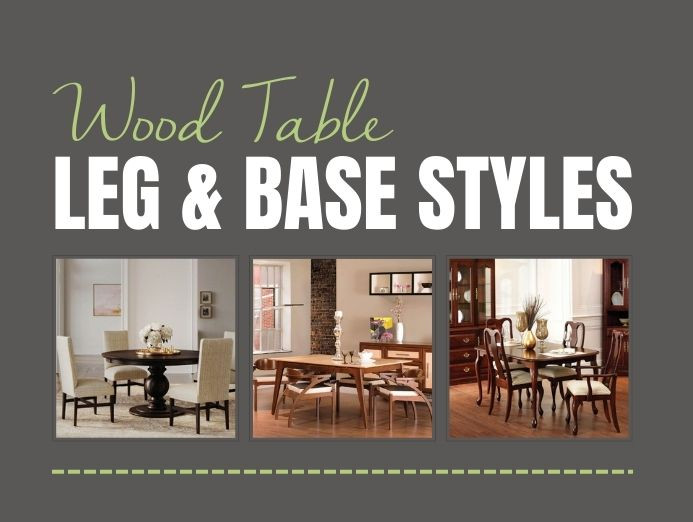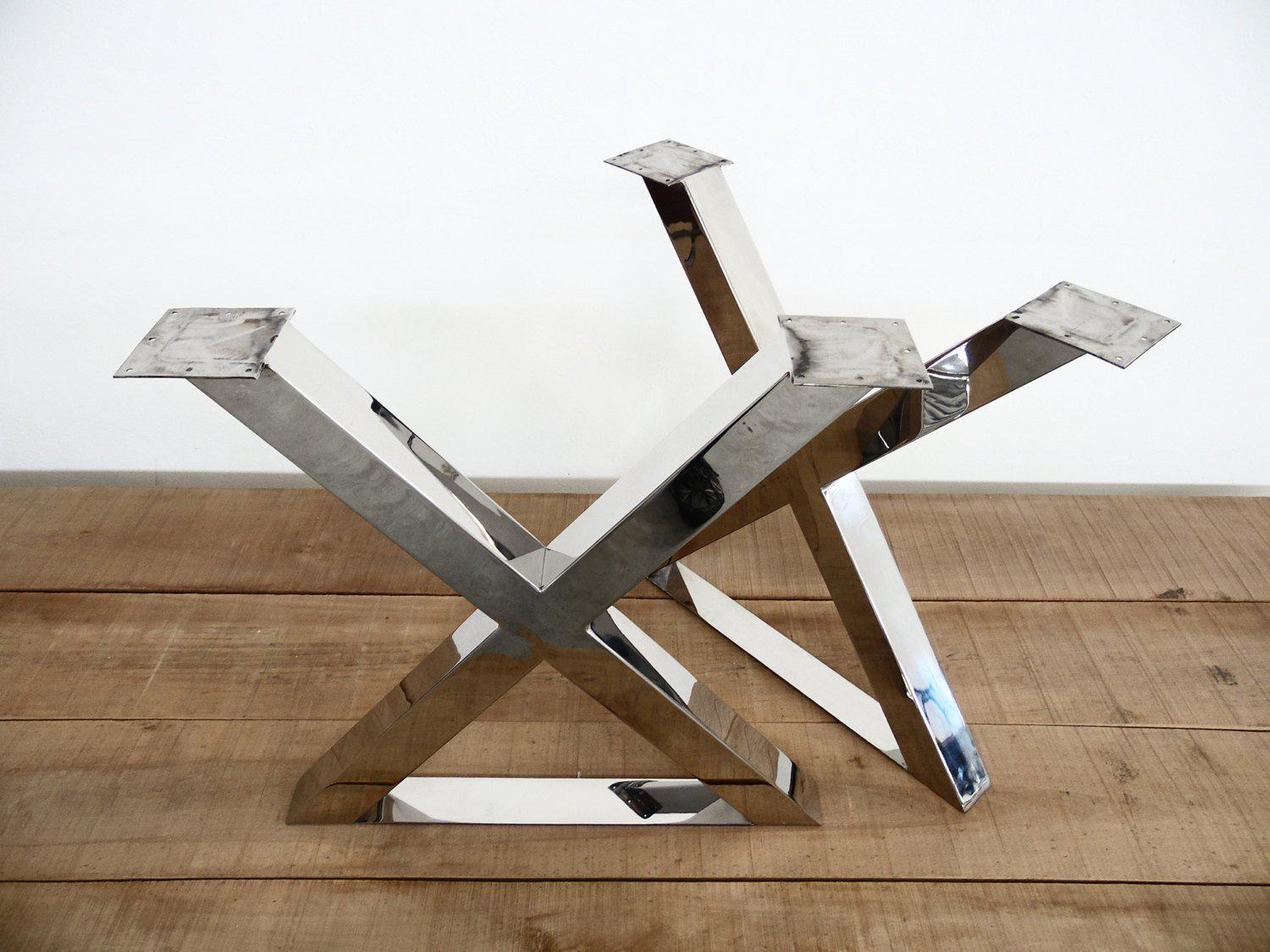How Dining Room Table Legs Can Change the Entire Aesthetic of Your Room
How Dining Room Table Legs Can Change the Entire Aesthetic of Your Room
Blog Article
From Standard to Modern: Locate the Suitable Dining-room Table Legs for Your Style
While traditional designs such as cabriole and transformed legs evoke a feeling of ageless refinement, contemporary designs like hairpin and geometric choices offer an opportunity for striking aesthetic interest. As you take into consideration these aspects, the inquiry remains: how can you effortlessly incorporate these varied leg styles to create a harmonious eating experience?
Understanding Table Leg Styles
The range of eating space table leg styles can significantly influence both the looks and capability of the room. Each leg style contributes special aesthetic aspects and useful features, dealing with varied style preferences and usage demands. Understanding these styles is important for choosing the ideal table that aligns with your general interior design vision.
For instance, tapered legs provide a clean, classic look that can boost a room's elegance, while stand bases give security and maximize legroom, making them excellent for smaller sized spaces. Barrette legs, a characteristic of mid-century modern-day design, introduce an industrial panache, enabling a ventilated, open feeling. In a similar way, trestle legs stimulate rustic appeal, providing durable assistance and a feeling of timelessness.
Wood legs can bring heat and structure, whereas steel options usually convey a streamlined, modern vibe. Ultimately, recognizing table leg styles is necessary for creating a natural dining location that mirrors personal style while ensuring practicality and comfort.
Typical Table Leg Options
When selecting eating room table legs, conventional options typically personify timeless style and craftsmanship. These layouts mirror a rich heritage and a dedication to high quality, making them ideal for those that value timeless visual appeals.
Among one of the most legendary typical leg styles is the cabriole leg, identified by its elegant bent form. This layout often features ornamental carvings and is most commonly found in Queen Anne and Chippendale furniture. An additional prominent choice is the turned leg, which boasts a series of smooth, rounded shapes that provide a timeless look while keeping security.
Furthermore, the straight leg, while basic, offers a sturdy and basic structure that can mix seamlessly with a variety of tabletop styles. For those attracted to ornate describing, claw-and-ball feet legs stimulate a sense of majesty and can offer as a spectacular centerpiece in any dining room.
Finally, pedestal bases, although not purely legs, supply an alternate conventional option that enables for sufficient legroom and can be perfectly sculpted. Each of these typical leg styles adds to the total ambiance of a dining space, marrying feature with aesthetic allure.

Modern Table Leg Layouts
Modern table leg styles provide a varied series of designs that highlight clean lines and cutting-edge products. These layouts commonly prioritize functionality while acting as striking prime focus within an eating space. Minimal aesthetic appeals are widespread, with legs crafted from materials such as steel, glass, and engineered timber, which add try these out to a contemporary and ventilated feel.
One preferred style is the barrette leg, defined by its slim, tapered structure that provides stability without frustrating the tabletop (dining room table legs). This design is typically found in mid-century modern furnishings and can effortlessly complement various eating table forms. One more trend is the usage of geometric shapes, where legs may handle unbalanced or angular forms, including visual interest and a touch of virtuosity

Mixing Designs for Special Areas
Frequently, house owners look for to produce distinct eating areas that mirror their individual design by blending various design components. This technique permits the incorporation of diverse aesthetic appeals, leading to Look At This a harmonious yet distinct setting. Combining a rustic wood table with sleek, modern-day steel legs can produce a captivating comparison that elevates the area's general appeal.
In addition, incorporating vintage table legs with modern table tops can evoke a feeling of history while keeping a modern-day sensibility. Such mixes not only display individual preference yet also encourage creativity, permitting property owners to curate a room that feels both individual and inviting.
Color plays an essential duty in this blending procedure; picking table legs that complement or comparison with the existing color pattern can boost visual passion. As an example, whitewashed legs can soften the daring of a dark table surface, producing a well balanced aesthetic.
Tips for Choosing the Right Legs
Choosing the right table legs is important for achieving both performance and visual appeal in your dining room. Begin by taking into consideration the general style of your room. Typical settings benefit from legs that feature intricate carvings or turned styles, while modern rooms may ask for sleek, minimalist designs.
Following, analyze the elevation and security he has a good point of the legs. dining room table legs. Common table vary between 28 to 30 inches in height, so make sure the legs match this measurement for comfort. Furthermore, robust materials, such as hardwood or metal, can enhance stability and durability
Examine the leg form too-- choices consist of right, tapered, or pedestal designs. Straight legs offer a traditional appearance, while conical legs can include a touch of style. Pedestal bases give ample legroom and are excellent for smaller spaces.
Conclusion
In recap, choosing the excellent eating area table legs needs careful factor to consider of both standard and contemporary styles. By integrating leg design, height, and product with the general decoration, a cohesive and welcoming environment can be attained.
The range of dining area table leg designs can considerably affect both the visual appeals and capability of the area. Inevitably, comprehending table leg styles is essential for developing a cohesive eating location that reflects personal design while guaranteeing practicality and convenience.One of the most iconic standard leg styles is the cabriole leg, characterized by its stylish rounded form. Straight legs use a classic appearance, while tapered legs can include a touch of beauty.In recap, selecting the ideal eating area table legs requires cautious factor to consider of both conventional and modern-day designs.
Report this page